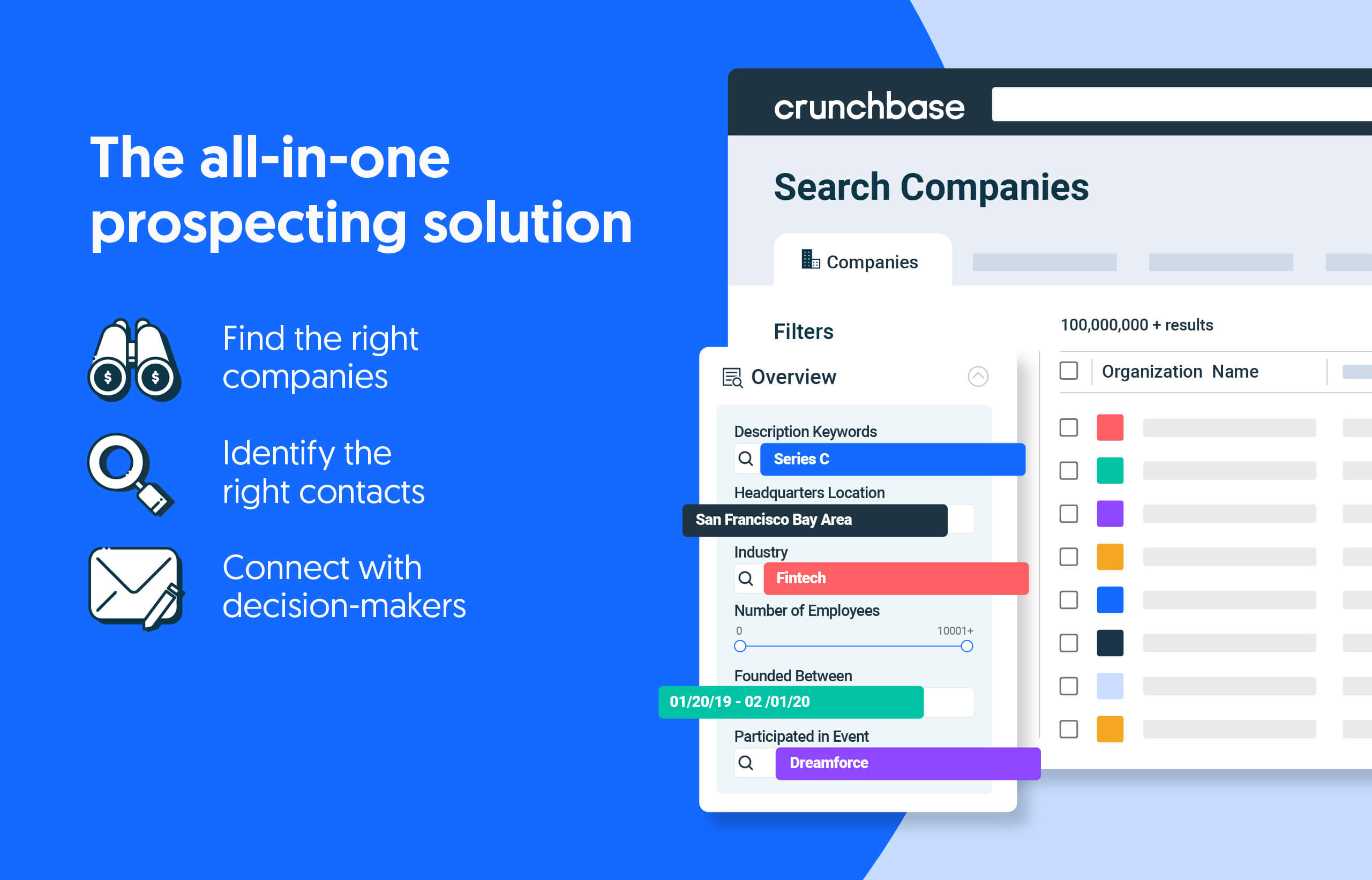Nested Therapeutics, an early-stage oncology startup, launched on Thursday armed with $125 million in financing to advance its suite of technology for cancer treatment.
The Massachusetts-based company raised a $90 million Series A round led by Goldman Sachs Asset Management with additional funding from Foresite Capital, Cowen Healthcare Investments and Avidity Partners earlier this week.
Search less. Close more.
Grow your revenue with all-in-one prospecting solutions powered by the leader in private-company data.
Nested Therapeutics developed a drug discovery platform that allows the company to look for alternative ways for drugs to find cancer cells and kill them.
Using a multidisciplinary approach that leverages computational engineering, biology and a handful of niche fields in life science, “This opens doors to design novel small molecules for previously known targets with well-understood biology and to target what has been previously undruggable,” said Klaus Hoeflich, CTO and co-founder of Nested.
‘Tired targets’
The pharmaceuticals industry has been plagued with the issue of finding new targets—proteins in disease cells the drug can “stick” to in the body. For a long time, armed with a small set of targets researchers have stumbled upon over the years, scientists would look for ways to make drugs that would actually stick, and sometimes come up short.
But that strategy needs a massive overhaul, according to Sara Choi, a health-focused partner at Wing VC. In order to treat previously untreatable diseases in the body, the scientific community needs to make a concerted effort to look for novel targets the drug can find.
Over $1.6 billion has been poured into drug discovery startups so far this year, according to Crunchbase data.
Since 2017, venture firms have embraced drug discovery startups for their ability to make drug investment overall less risky. Using artificial intelligence and machine learning, some of these platforms have the ability to more or less predict how well a specific drug will fare during clinical trials, often called the “Valley of Death” where most drugs fail, sinking billions of dollars with them.
But the process starts with looking for new targets to deliver these treatments.
“The way that the industry has worked so far is typically in academia, you might stumble across an interesting target,” Choi said. “And there hasn’t really been a directed effort to look for these targets until now.”
Illustration: Dom Guzman

Stay up to date with recent funding rounds, acquisitions, and more with the Crunchbase Daily.




![Illustration of a man sitting on a huge pile o' money. [Dom Guzman]](https://news.crunchbase.com/wp-content/uploads/Giant_Funding-470x352.jpg)

![Illustration of a guy watering plants with a blocked hose - Global [Dom Guzman]](https://news.crunchbase.com/wp-content/uploads/quarterly-global-3-300x168.jpg)
67.1K Followers